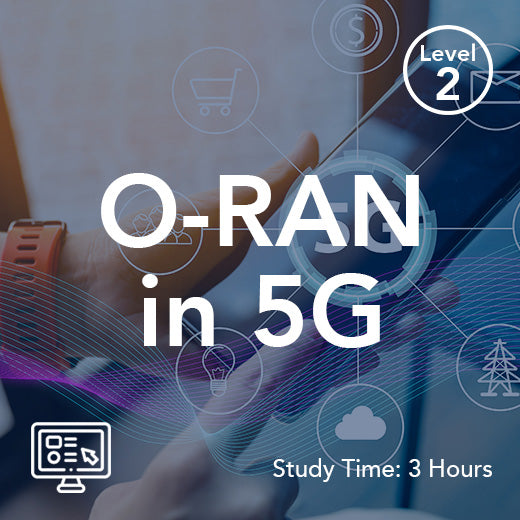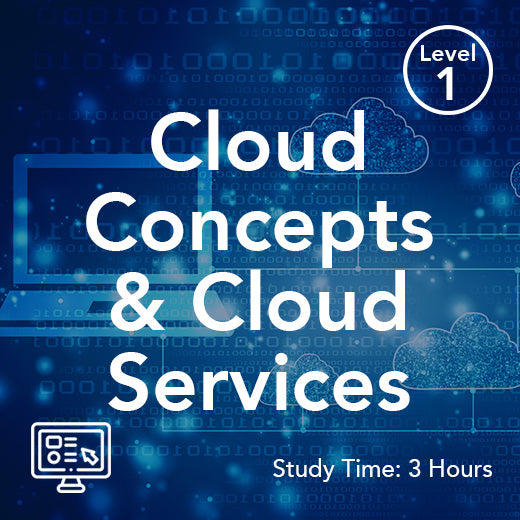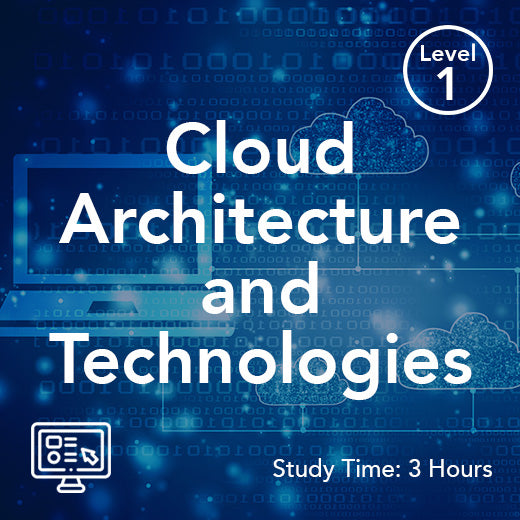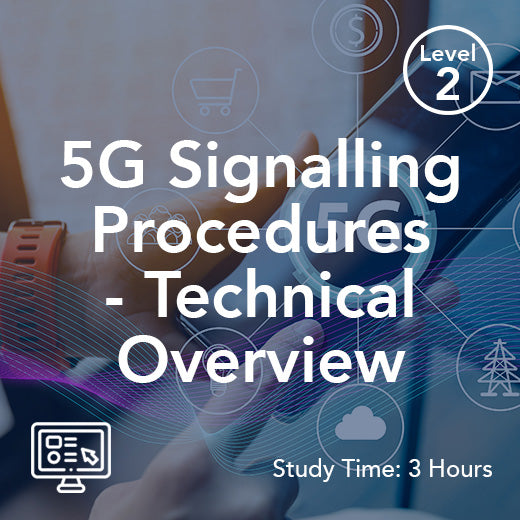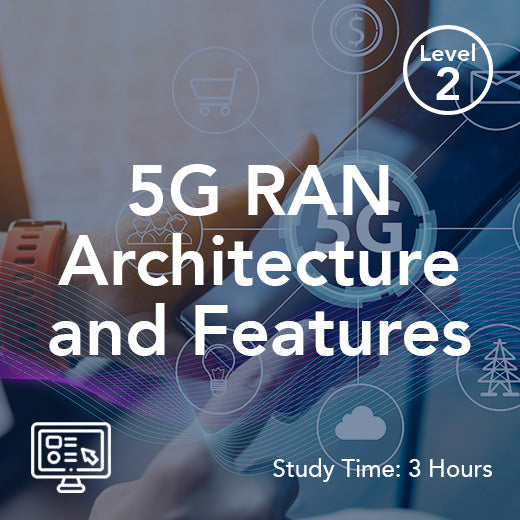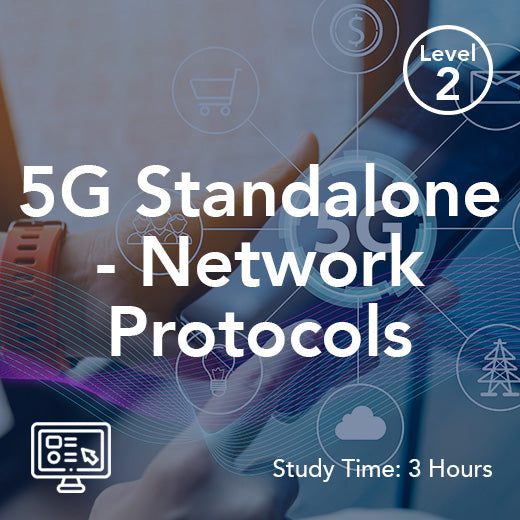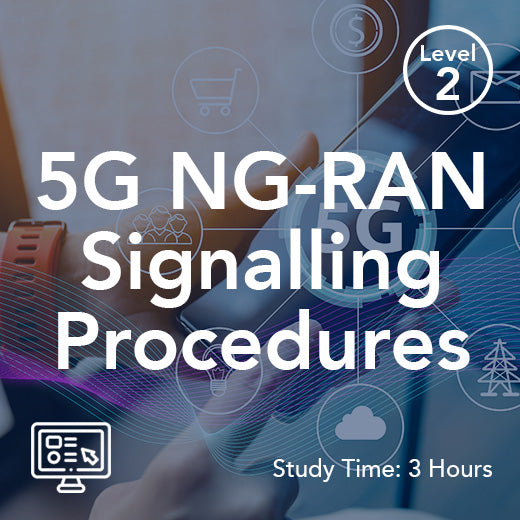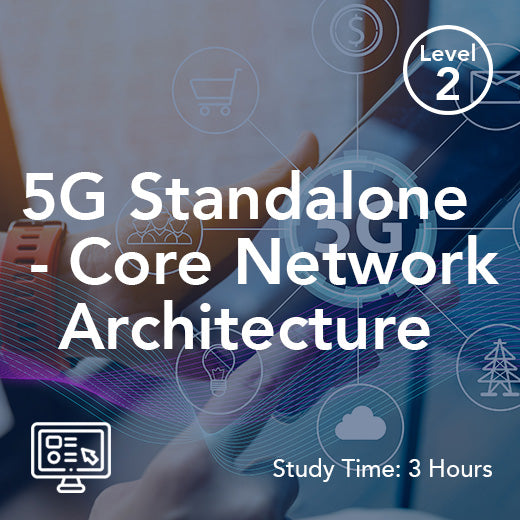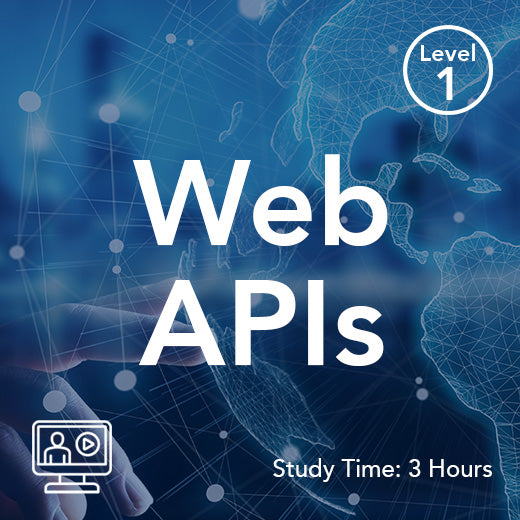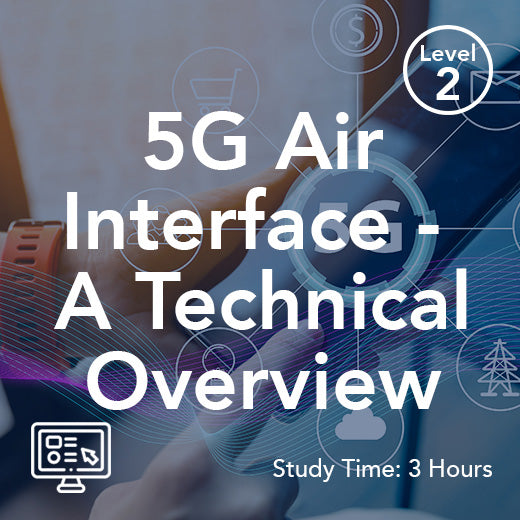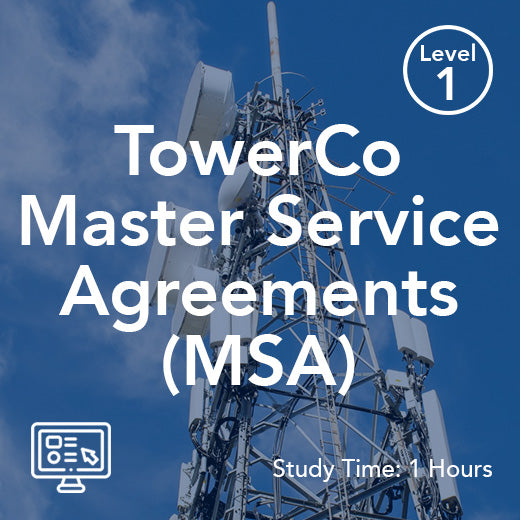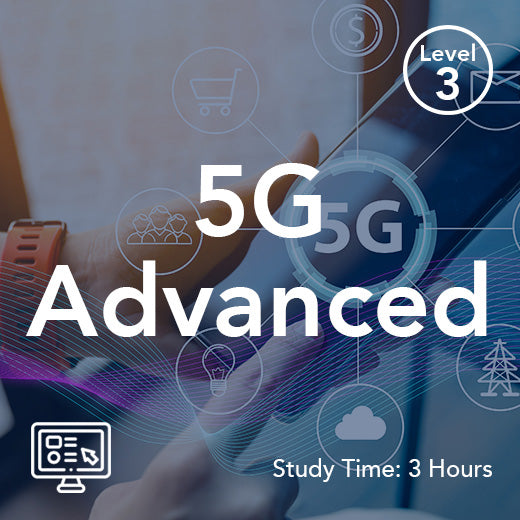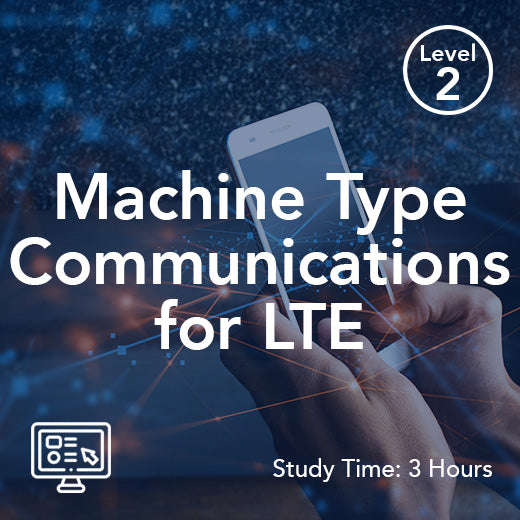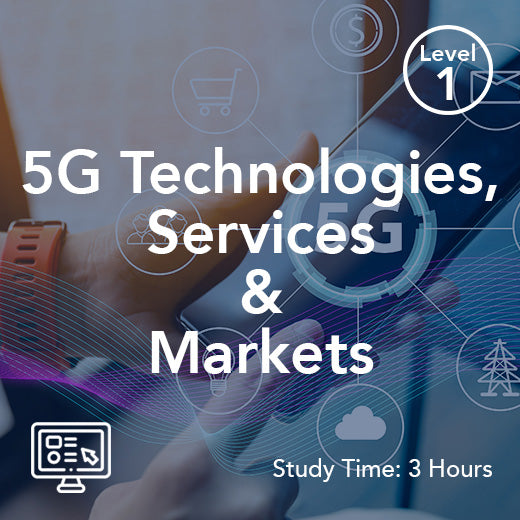How Does 5G Support Low-Latency Healthcare Applications?
- , by Stephanie Burrell
- 2 min reading time
5G technology is revolutionizing the healthcare industry by enabling low-latency applications that have the potential to greatly improve patient care and outcomes. Low-latency refers to the delay between sending and receiving data, and in healthcare, this can be crucial for real-time monitoring, diagnostics, and treatment.
One of the key ways that 5G supports low-latency healthcare applications is through its faster data speeds. With 5G, data can be transmitted at speeds up to 100 times faster than 4G, allowing for real-time communication between healthcare providers and patients. This means that doctors can remotely monitor patients in real-time, receive immediate updates on vital signs, and make quick decisions based on this information. This is especially important in emergency situations where every second counts.
Additionally, 5G enables the use of high-definition video streaming for telemedicine applications. This allows for more accurate and detailed virtual consultations between patients and healthcare providers, reducing the need for in-person visits and saving time and money for both parties. High-quality video streaming also enables remote surgeries and procedures to be performed with greater precision and accuracy, as surgeons can see every detail in real-time.
Another way that 5G supports low-latency healthcare applications is through its network slicing capabilities. Network slicing allows for the creation of virtual networks within the 5G infrastructure, each tailored to specific needs such as low latency, high bandwidth, or security. This means that healthcare providers can prioritize low-latency applications and ensure that they receive the necessary bandwidth and resources to function optimally. This is especially important for applications such as remote monitoring, telemedicine, and virtual reality simulations, which require real-time data transmission and processing.
Furthermore, 5G's increased capacity and connectivity enable the Internet of Things (IoT) devices to be seamlessly integrated into healthcare systems. IoT devices such as wearable sensors, smart medical devices, and remote monitoring tools can collect and transmit data in real-time, allowing for continuous monitoring of patients' health and well-being. This data can then be analyzed and used to provide personalized treatment plans, predict and prevent medical emergencies, and improve overall patient outcomes.
In conclusion, 5G technology is a game-changer for low-latency healthcare applications. Its faster data speeds, network slicing capabilities, and support for IoT devices enable real-time communication, monitoring, and treatment, ultimately improving patient care and outcomes. As 5G continues to roll out and expand its coverage, we can expect to see even more innovative and transformative applications in healthcare that leverage its low-latency capabilities.
One of the key ways that 5G supports low-latency healthcare applications is through its faster data speeds. With 5G, data can be transmitted at speeds up to 100 times faster than 4G, allowing for real-time communication between healthcare providers and patients. This means that doctors can remotely monitor patients in real-time, receive immediate updates on vital signs, and make quick decisions based on this information. This is especially important in emergency situations where every second counts.
Additionally, 5G enables the use of high-definition video streaming for telemedicine applications. This allows for more accurate and detailed virtual consultations between patients and healthcare providers, reducing the need for in-person visits and saving time and money for both parties. High-quality video streaming also enables remote surgeries and procedures to be performed with greater precision and accuracy, as surgeons can see every detail in real-time.
Another way that 5G supports low-latency healthcare applications is through its network slicing capabilities. Network slicing allows for the creation of virtual networks within the 5G infrastructure, each tailored to specific needs such as low latency, high bandwidth, or security. This means that healthcare providers can prioritize low-latency applications and ensure that they receive the necessary bandwidth and resources to function optimally. This is especially important for applications such as remote monitoring, telemedicine, and virtual reality simulations, which require real-time data transmission and processing.
Furthermore, 5G's increased capacity and connectivity enable the Internet of Things (IoT) devices to be seamlessly integrated into healthcare systems. IoT devices such as wearable sensors, smart medical devices, and remote monitoring tools can collect and transmit data in real-time, allowing for continuous monitoring of patients' health and well-being. This data can then be analyzed and used to provide personalized treatment plans, predict and prevent medical emergencies, and improve overall patient outcomes.
In conclusion, 5G technology is a game-changer for low-latency healthcare applications. Its faster data speeds, network slicing capabilities, and support for IoT devices enable real-time communication, monitoring, and treatment, ultimately improving patient care and outcomes. As 5G continues to roll out and expand its coverage, we can expect to see even more innovative and transformative applications in healthcare that leverage its low-latency capabilities.


